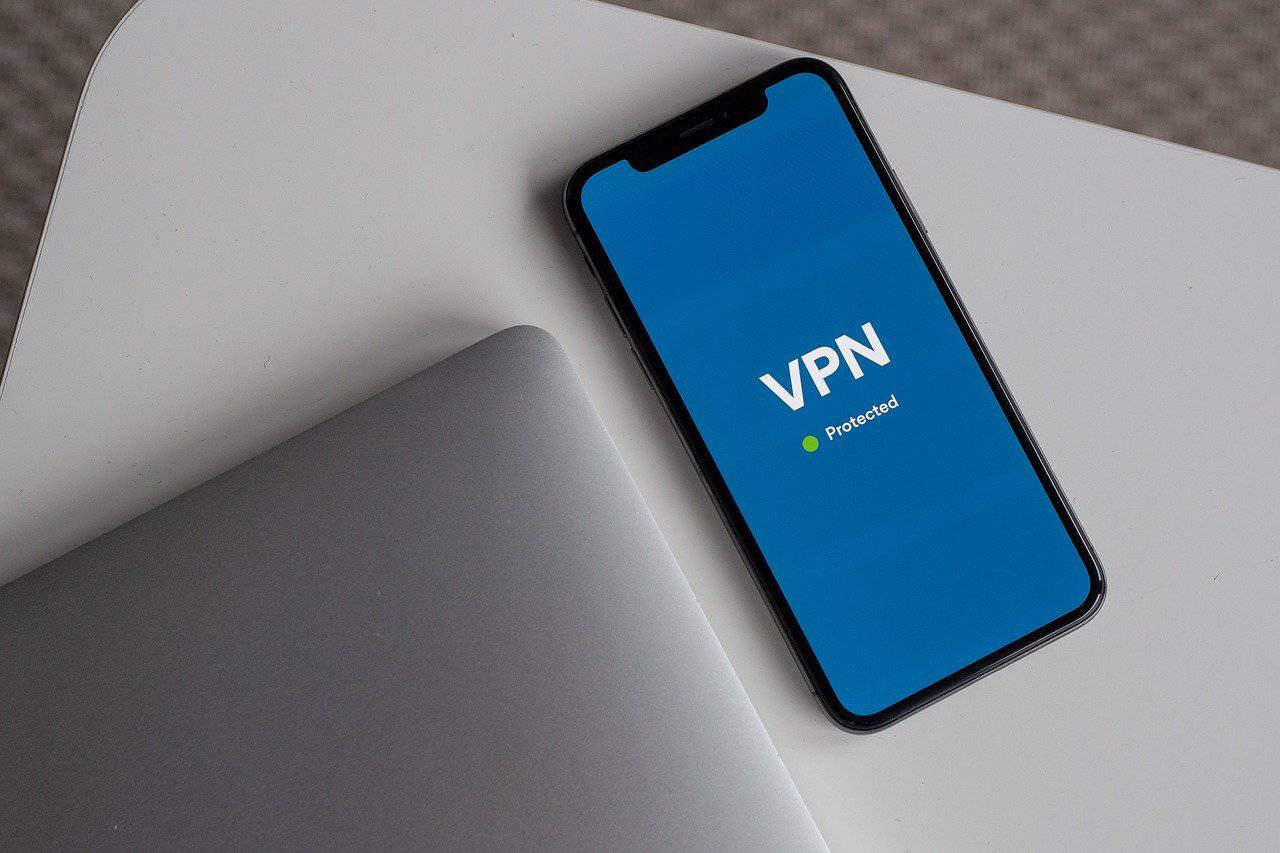Critical VPN Vulnerability: Enterprise Networks at Risk via Check Point VPN, here is what to know, a quick look
In an alarming development, threat actors have set their sights on Check Point Remote Access VPN devices, launching an ongoing campaign to infiltrate enterprise networks. The company issued a stern warning in a Monday advisory, urging organizations to take immediate action to safeguard their network infrastructure.

The Vulnerability Landscape
Check Point’s Remote Access VPN is an integral component of all Check Point network firewalls. It provides secure remote access for employees, allowing them to connect to corporate resources from outside the organization’s physical premises. However, recent attacks have exposed vulnerabilities in this critical system.
The Attack Vector
The attackers exploit a combination of techniques to compromise the VPN devices. While the specifics of the attack remain undisclosed, it’s essential to understand the underlying mechanisms to bolster defenses.
- Manipulating DHCP Servers: The attackers manipulate the Dynamic Host Configuration Protocol (DHCP) servers that allocate IP addresses to devices attempting to connect to the local network. By overriding default routing rules, they divert VPN traffic through the DHCP server itself.
- Option 121: A setting known as “option 121” allows the DHCP server to set custom routing rules. The attackers leverage this to route VPN traffic through their own server, effectively decloaking the victim’s traffic and rerouting it through the attacker’s infrastructure.
- Reading, Dropping, or Modifying Traffic: Once the traffic passes through the attacker’s gateway, they gain the ability to read, drop, or modify the leaked data. The victim remains connected to both the VPN and the Internet, unaware of the breach.
Mitigation Strategies
Organizations must take immediate steps to protect their networks:
- Patch and Update: Regularly update and patch VPN devices to address known vulnerabilities. Check Point may release security updates to address these issues.
- Network Segmentation: Implement network segmentation to isolate critical systems from potential threats. Restrict access to sensitive resources and limit lateral movement within the network.
- Monitoring and Detection: Deploy intrusion detection systems (IDS) and security information and event management (SIEM) solutions to detect anomalous behavior. Monitor network traffic for signs of compromise.
- User Education: Educate employees about the risks associated with remote access. Encourage strong authentication practices and raise awareness about phishing attacks.
Conclusion
As the threat landscape evolves, organizations must remain vigilant. The breach of Check Point VPNs underscores the importance of proactive security measures. By staying informed, applying patches promptly, and adopting best practices, enterprises can fortify their defenses against cyber threats.
Remember, cybersecurity is a continuous effort. Stay informed, stay secure, and protect your organization from the ever-evolving menace of cybercriminals.
You think you have a story worth everyone’s time? SUBMIT A STORY and we will publish it.
Share this content:




Post Comment